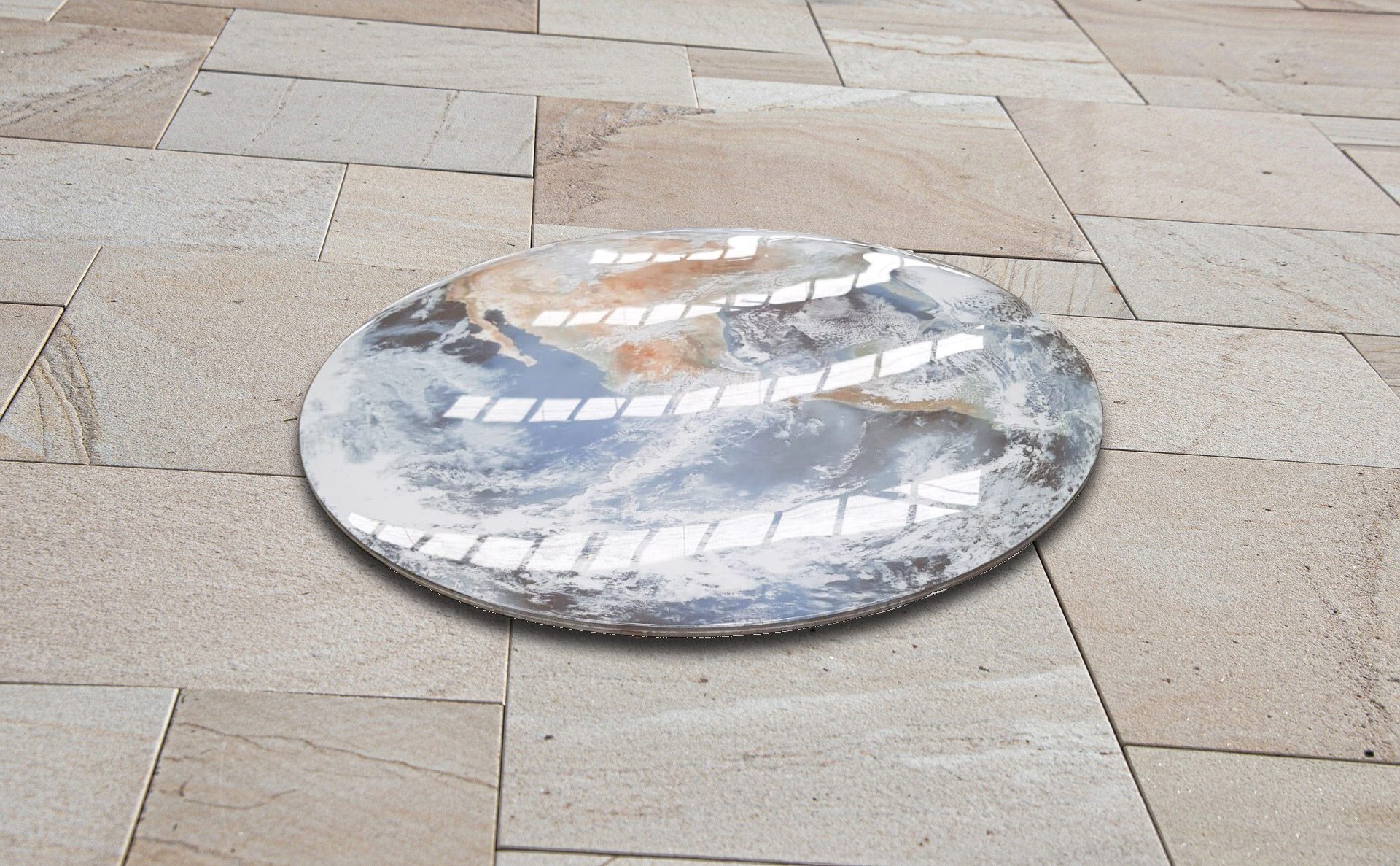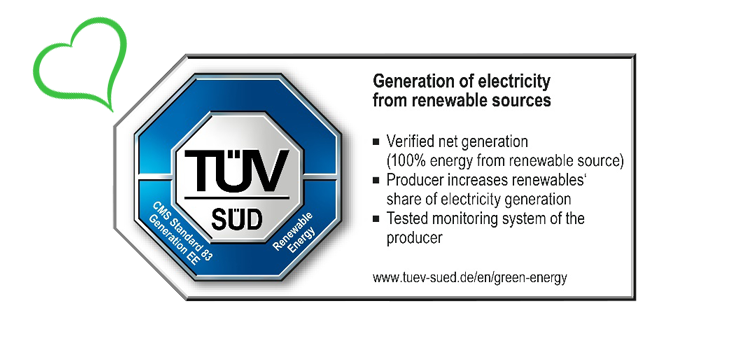Italy continues to have excellent sales in the ceramics market. Spain on the rise, collapse of Chinese exports especially in the US.
Against a 2020 that started off well, between March and April, the Italian tile industry lost 350 million euros, out of an annual turnover of 5.34 billion.
Between April and May, after more or less long lockdowns, the ceramic industry restarted, gradually, almost everywhere on the globe, but for ceramic manufacturers and suppliers of technologies, raw materials and glazes, the price to pay was very high.
Data from Europe
Italy's 279 ceramic companies are now working at 50 percent of their production capacity and reckoning with a 2019 that closed below expectations.
In 2019, the total turnover remained basically stable compared to the year before (-0.7 percent) at 6.5 billion euros (407 mil. sq. m.), of which 4.8 billion (325 mil. sq. m.) was export and 1.7 billion (84 mil. sq. m.) was domestic.
Investment, an important index of entrepreneurs' confidence, is at €373 mil (7 percent of global sales), down from the previous year when tax incentives were still in effect, but at levels well above pre-"Industry 4.0" levels.
In Spain's Castellon ceramic district, the Ascer tile manufacturers' association estimates a loss of sales in April of about 160 million euros, or 45 percent less than in April 2019.
The Spanish ceramic tile industry, on the other hand, closed 2019 with turnover up 4 percent to 3,470 million euros. Both exports (+3%) and the domestic market (+8%) were good. Production declined to 503 million sq. m. (-5%)
Great fears were also felt by Italian and Spanish dye factories, affected by the sharp drop in demand.
In Spain, turnover in April dropped 40 percent compared to the same month in 2019, marking -49 percent in the domestic market and -37 percent for exports. In May it worsened from the already negative results at the end of April, dropping, according to the trade association ANFFECC, by 43 percent over the same period in 2019. What remains a concern is the activity aimed at foreign markets, which, for Spanish color manufacturers, weighs more than 70 percent of annual turnover.
More or less of the same order of magnitude is the decline in revenues recorded in April by Italian color manufacturers as well , as confirmed by Claudio Casolari, president of Federchimica-Ceramicolor.
What's happening in the rest of the world
In the U.S., where the first signs of weakness in the ceramic tile market were already evident in the first quarter of the year, sales are likely to worsen further in the second and third quarters, as Gianni Mattioli, president of Tile Council of North America, points out, due in part to the negative forecast for residential construction in 2020 by the National Association of Home Builders (NAHB), which indicates a possible 5.3 percent decline to 1.23 million new construction sites.
Imports to the U.S. fell in the first quarter, collapsing China (-98%) due to tariffs and falling Mexico (-7%), while holding up well in Italy (+3%) and Spain (+5%), however, little affected by the Chinese collapse, from which instead benefited countries with lower value-added materials production, such as Turkey (+20%) and Brazil (+20%) joined by newcomers such as India (+400%), Vietnam and Malaysia.
Confirming the uninterrupted negative trend now since 2014, in fact, 2019 was also a black year for Chinese tile exports. Exported volumes fell from 854 million sq. m. in 2018 to 770.5 million sq. m. in 2019, a contraction of 9.8 percent, markedly worse than the -5.9 percent recorded the year before.
Sharp decline in exports to Asia, down to 477.6 million sq. m. (39 million sq. m. down from 2018, -7.6%)
Smaller volume losses in Latin America (75.5 million sq m, 3 less than in 2018) and Oceania (31.8 million sq m, 4 less), as well as in Europe (EU and non-EU), where imports from China are now only about 20 mil sq m.
Stable at 120 mil. sq. m. (-55% from 2014 peaks) Chinese exports to Africa.
Collapse in North America, (-43.9%), with exports falling from 80.5 to 45.2 million sq. m. resulting from the introduction in the U.S. of countervailing (in September) and antidumping (in November) duties on tiles imported from China. In addition, as we have seen, Chinese exports came to a complete halt in the first quarter of 2020.
Bangladesh's growth
With GDP progress traveling over 7 percent for the past several years, Bangladesh is among the world's fastest growing economies.
New companies have sprung up, today there are already 28 of them, and in just 5 years, tile production has grown by 150%, reaching 119 million sq m at the end of 2018 (+19% over 2017 and +40% over 2016).
Among the major Bangladeshi manufacturers is DBL Ceramics, which boasts a fully automated plant made with Italian technology. Its technology partners include Sacmi, System Ceramics, Tecnoferrari, Air Power, and Cami.





